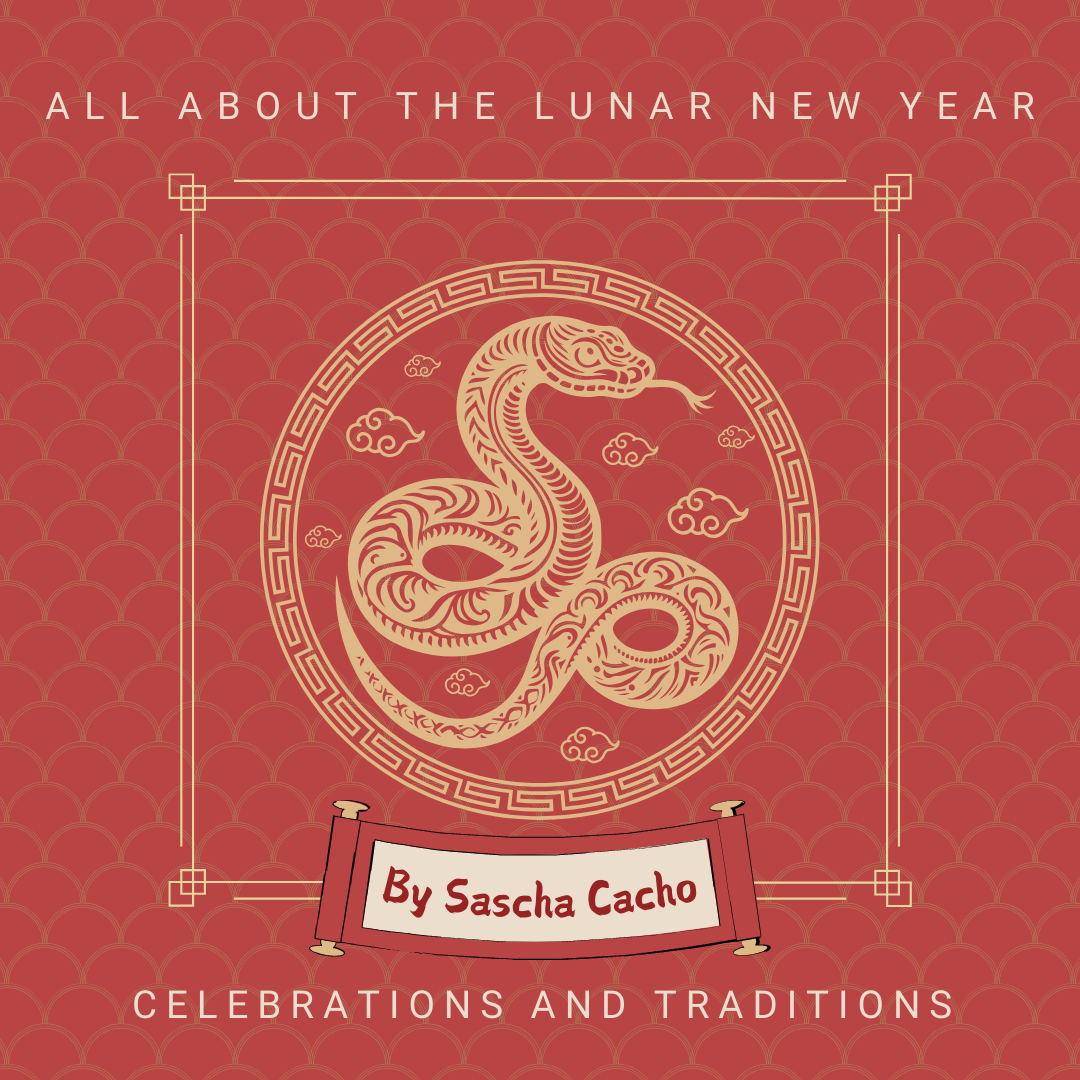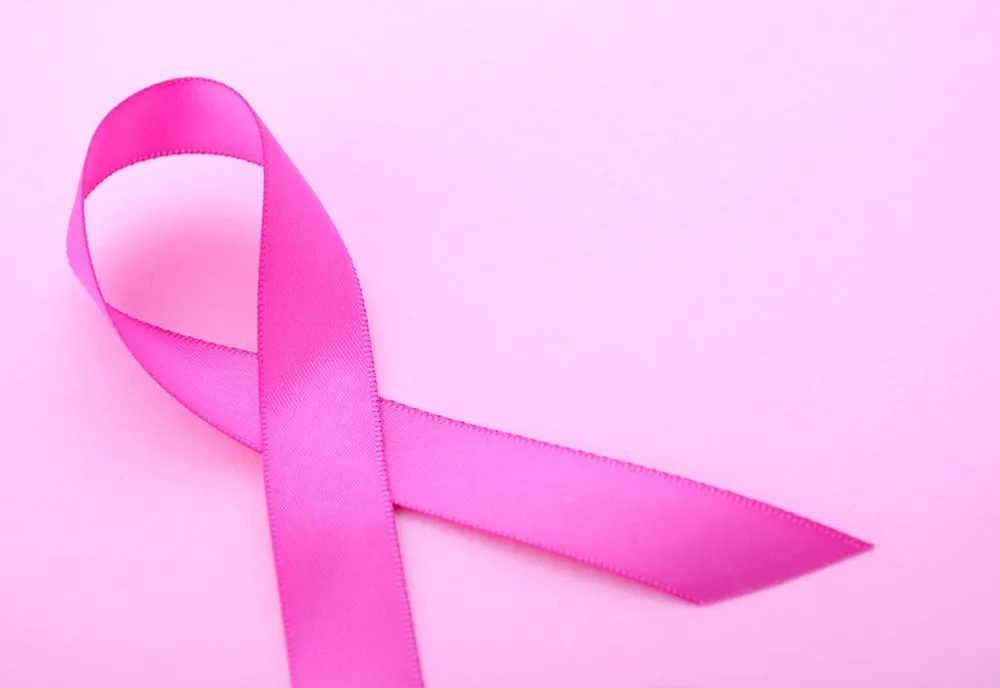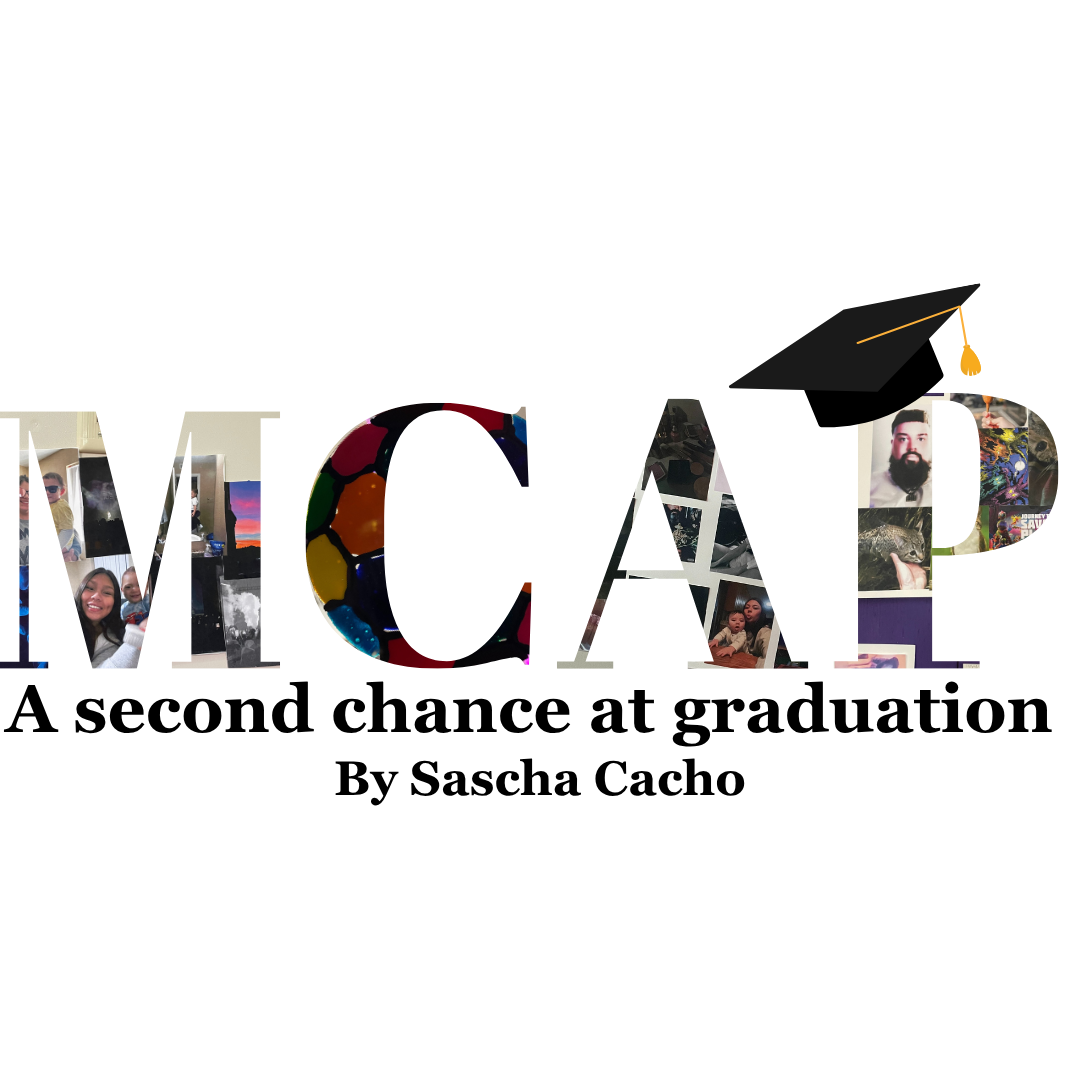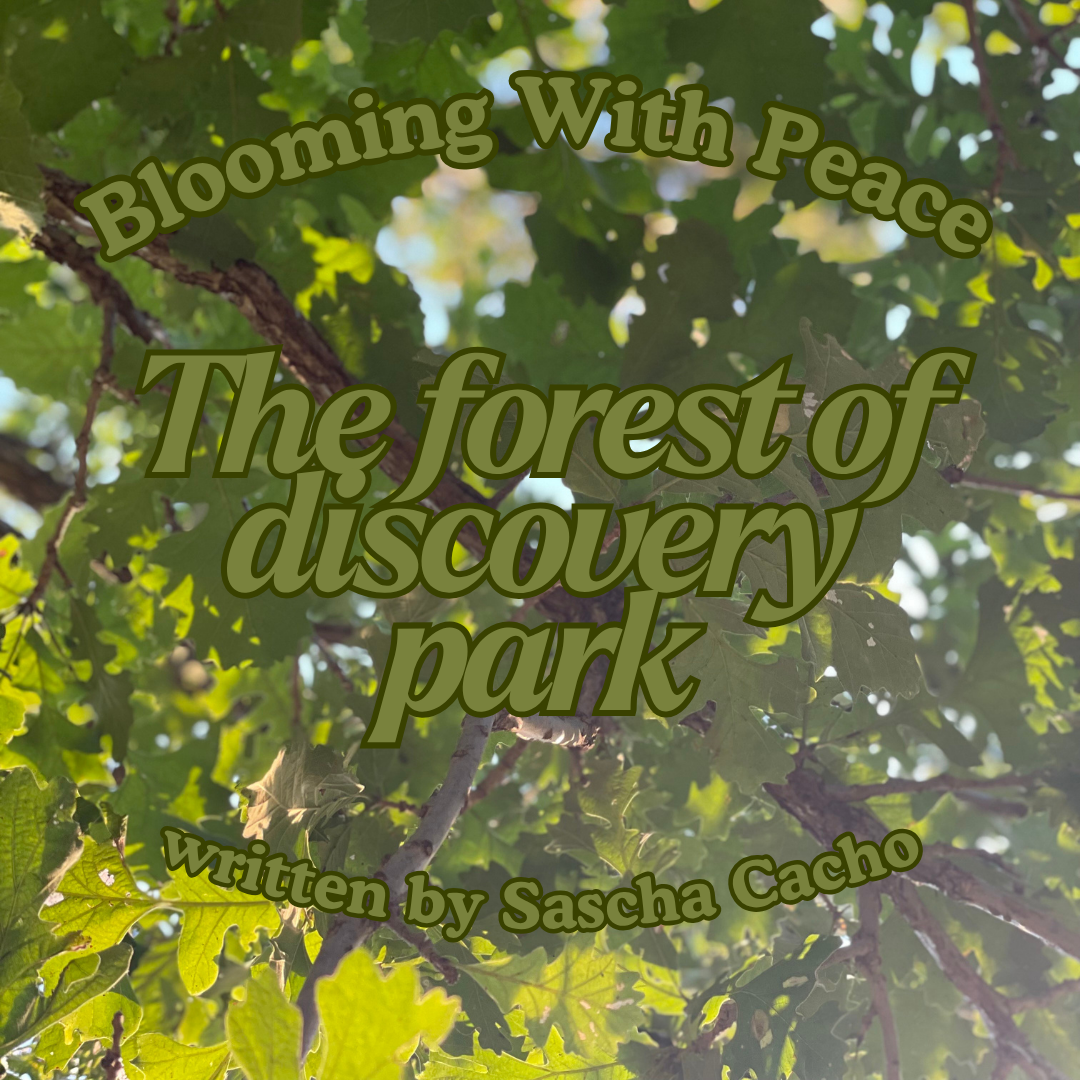Lunar New Year marks the beginning of a new year based on lunar/lunisolar calendars. Although they have similar names, the calendars are different. Lunar calendars follow the lunar phase while lunisolar calendars follow both the lunar phase and the time of the solar year. The most popular event is celebrated in China but is also widely celebrated in South Korea, Vietnam, and other countries.
So, what exactly is a Lunar New Year celebration? Well, it’s more than just a celebration of the passage of time or the day you decide you want to start a new resolution. Lunar New Year announces the arrival of spring and the beginning of a new year on the lunisolar calendar. While the official dates encompassing the holiday vary by culture, those celebrating consider it the time of the year to reunite with family and memorialize the first new moon of the year.
Little year and preparations
This year the holiday falls on Wednesday, January 29th, but the holiday spans for more than just one day. January 21st to New Year’s Eve is spent arranging things for the new year. The New Year preparations begin on January 21st, 2025, and end on January 17th, the day before New Year’s Eve. This is called Little Year, where people carry out certain traditions to provide closure for the passing year and bring luck into their homes for the new year. One tradition includes winter house cleaning called “sweeping away the dust”, which represents a wish to bid farewell to the old year and welcome in the Lunar New Year. After tidying up, it’s time for a bit of shopping. New clothes signify the idea of change, new beginnings, and ridding of the old.
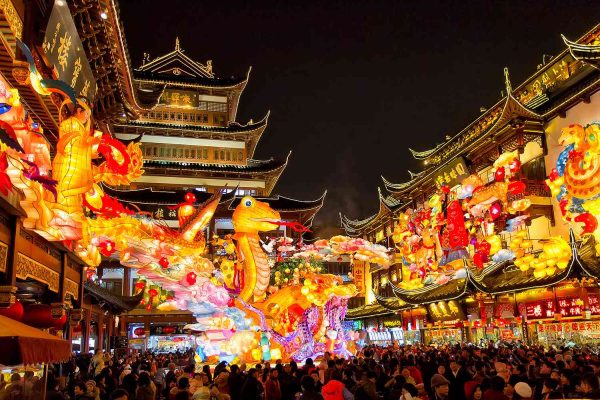 New Year’s Eve: January 28th, 2025
New Year’s Eve: January 28th, 2025
New Year’s Eve has even more activities, including decorating houses with red lanterns, red spring couplets, paper cuttings, and New Year’s paintings. Putting up these decorations is thought to keep evil away and pray for blessing, longevity, health, and peace. Another tradition is offering sacrifices to ancestors to show respect. Many worship on Lunar New Year’s Eve before the reunion dinner. This custom is to let their ancestors “eat” first, even placing food in front of the shrine or grave. After their ancestors grab a bite, those who follow this holiday get something to eat as well. 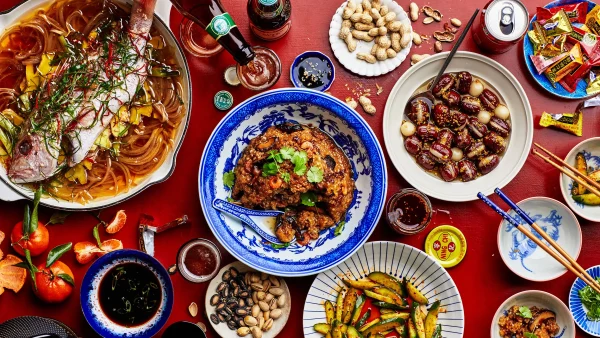 The Lunar New Year’s Eve reunion dinner is a “must-do”, with the whole family, usually having some far away relatives travel to be in attendance. After the meal kids are given “lucky money” in red envelopes, wishing them health, growth, and good studies in the coming year. During this holiday, everyone stays up past midnight, following a custom called house (‘to keep watch over the year’). In the past, people used to stay up all night, but now most stay up only until midnight when firecrackers and fireworks die down.
The Lunar New Year’s Eve reunion dinner is a “must-do”, with the whole family, usually having some far away relatives travel to be in attendance. After the meal kids are given “lucky money” in red envelopes, wishing them health, growth, and good studies in the coming year. During this holiday, everyone stays up past midnight, following a custom called house (‘to keep watch over the year’). In the past, people used to stay up all night, but now most stay up only until midnight when firecrackers and fireworks die down.
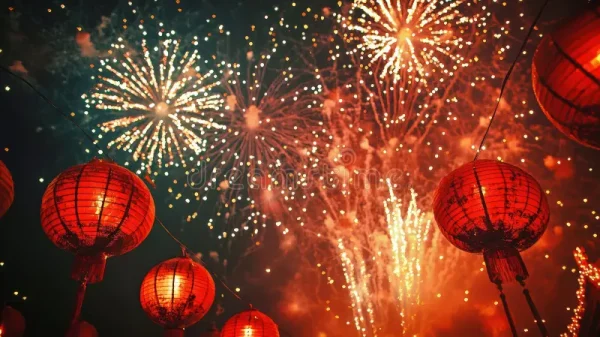 New Years: January 29th, 2025
New Years: January 29th, 2025
Finally, the new year commences, and so do the celebrations. Setting off firecrackers and fireworks are the first steps of the year since it is believed that the louder the firecrackers, the better business and farming will be for the year. Afterward is the perfect time for putting on those new clothes, and wishing luck and prosperity towards family members. Later on in the day, many events are being held in celebration of the new year. Lion dances, dragon dances, and temple fairs all happen on the day of.
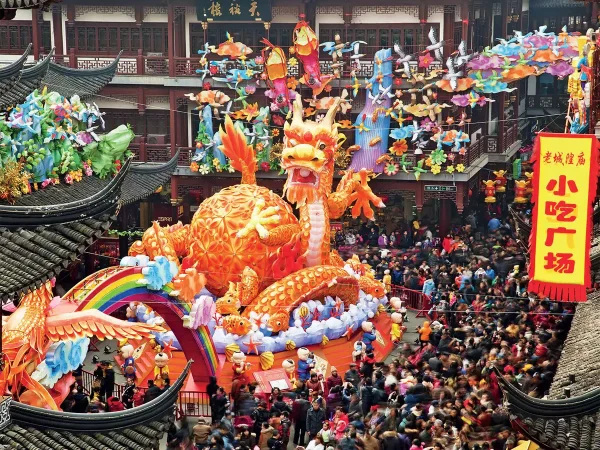 Spring Festival: January 29th – February 4th 2025
Spring Festival: January 29th – February 4th 2025
The new year also kicks off the celebration of the Spring Festival. This festival is celebrated until February 8th. The days following the new year are some of the most important since this is when people set their intentions for the year. It is tradition to avoid sweeping for the first two days as it is thought to get rid of the good luck from firecrackers and other evidence of celebration. Over the next seven days, it is essential to spend time surrounded by family and friends. The 8th day is typically the time to head back to work because eight is considered a lucky number.
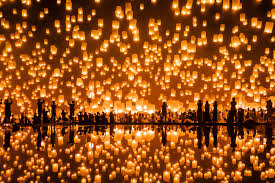 Lantern Festival: February 9th – 12th 2025
Lantern Festival: February 9th – 12th 2025
After the Spring Festival, the holiday comes to a close with the Lantern Festival. Some send the glowing lanterns into the sky, while others release floating lanterns onto the sea, onto rivers, or adrift in lakes. The festival began over 2000 years ago and has developed many meanings. It celebrates family reunions and society. It features ancient spiritual traditions. Some also call this festival the “true” Chinese Valentine’s Day. Though the Lantern Festival symbolizes reunions it’s also a time of socializing and freedom.
Overall, the holiday is very symbolic, with almost every tradition or custom having a deeper meaning. Even if you don’t personally celebrate, use the first new moon of the year to remind you of new beginnings. Although New Year’s isn’t typically celebrated the same way in America, it is important to learn about and appreciate customs from other cultures.

